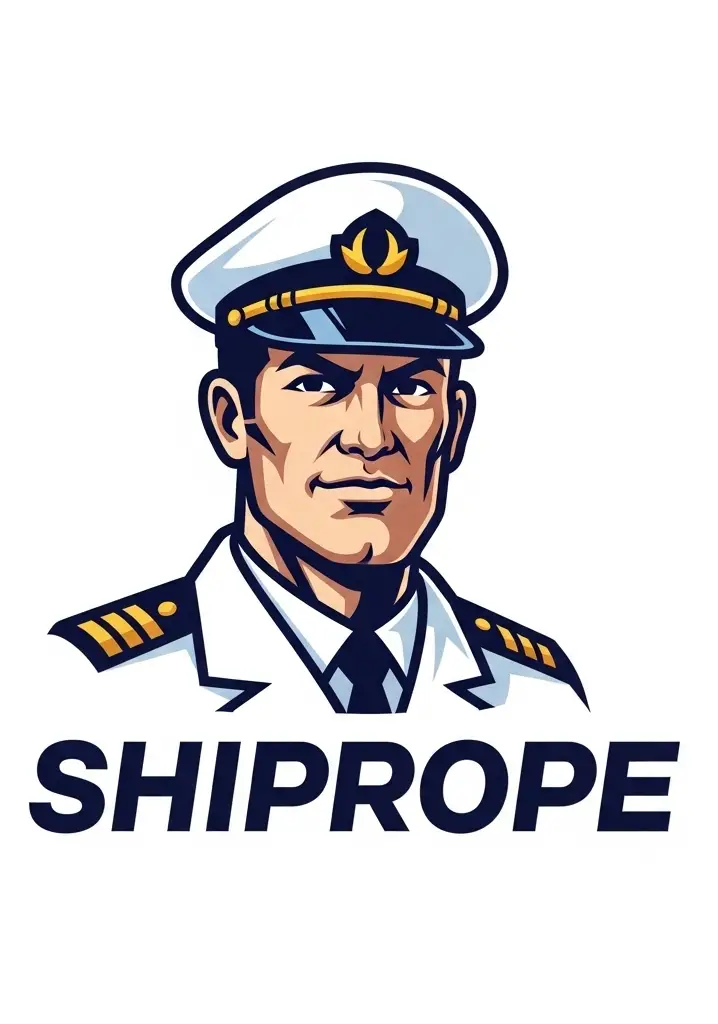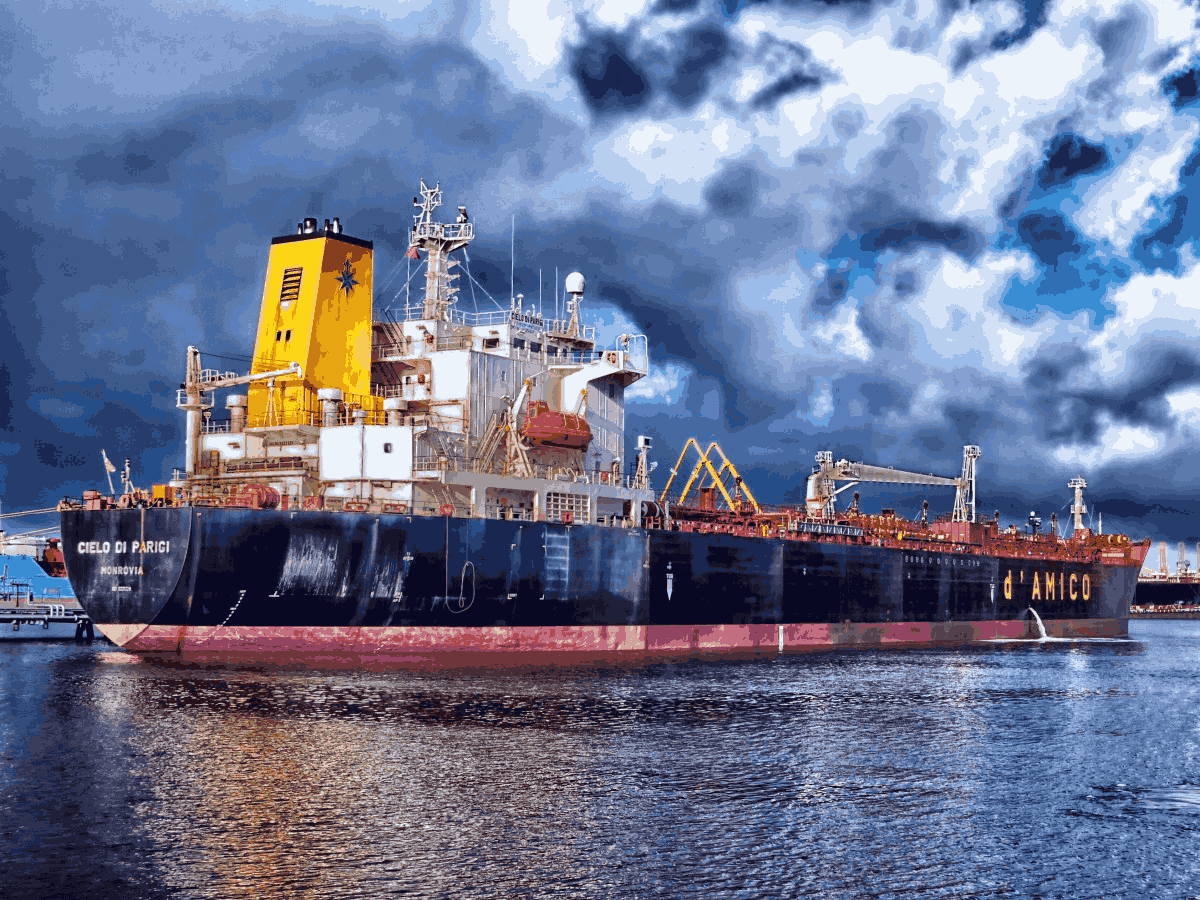What is Needed for Steering Control on a PWC?
Personal Watercrafts (PWCs) are thrilling, fast, and incredibly fun to use, making them a staple for watersports enthusiasts and adventure seekers. However, understanding how these vehicles operate—especially their steering control—is crucial for a safe and enjoyable ride. Whether you’re a seasoned PWC owner or a first-timer, knowing the mechanics and factors involved in controlling a PWC can significantly improve your experience on the water.
This guide will explain:
- Why maintaining power is essential for steering control
- The critical components of a PWC steering system
- How PWC steering control works
By the end of this post, you’ll have a thorough understanding of what is needed for steering control on a PWC and why these principles matter on the water.
Always Maintain Power for Effective Steering
Unlike cars, PWCs don’t have traditional brakes or steering mechanisms. Their ability to steer depends on maintaining power to the jet drive. PWCs use jet propulsion systems, which release water at high speeds to create thrust. This means that to turn or maneuver your PWC effectively, the jet drive must be engaged.
Why Power is Critical to Steering
When you release the throttle completely, a PWC loses its ability to steer. This happens because the propulsion system is no longer releasing water needed to change directions. Riders who attempt to “coast” while steering often find themselves unable to avoid obstacles, as the steering control becomes virtually nonexistent.
To summarize:
- Keep the throttle engaged to steer effectively. Even minimal throttle can make a significant difference in directional control.
- Avoid abrupt deceleration during turns. Sudden loss of power reduces steering responsiveness, increasing the risk of accidents.
Maintaining power isn’t just about performance—it’s also a key safety measure.
The Essential Components for PWC Steering Control
Achieving smooth and responsive steering on a PWC involves more than just holding the throttle. Several components work together to ensure effective steering performance. Let’s break down these critical elements:
1. Outboard Motor
While PWCs don’t have traditional outboard motors, the concept is worth noting for clarity. Instead of a motor with a rotating propeller, PWCs utilize a jet propulsion system. This system channels water through an internal impeller, which is then expelled to create thrust. Steering is achieved by redirecting this water flow.
The key takeaway here is that the internal “motor” or jet propulsion system is the driving force behind steering capabilities. Without it functioning properly, maneuvering becomes impossible.
2. Jet Drive Power
The jet drive system is what propels your PWC forward and enables you to change directions. By adjusting the steering handle or handlebars, the jet nozzle at the back of the PWC redirects the water flow, allowing you to turn.
No power to the jet drive means no movement or control. This highlights the importance of always ensuring that your PWC is in peak operational condition before hitting the water.
3. Adjustable Propeller (or Impeller)
Modern PWCs come equipped with advanced impeller systems that can handle high-pressure water. While you won’t be adjusting this manually, having an impeller in optimal working condition allows for more efficient maneuvering and control.
- A well-maintained impeller improves acceleration and responsiveness.
- Any damage or debris caught in the impeller can hinder both propulsion and steering control.
Regular maintenance and inspection of the impeller are vital for safe and smooth operation.
4. Passenger Placement
Believe it or not, the placement of passengers on your PWC also affects your ability to steer. A passenger seated in front of the operator can shift the center of gravity and alter the PWC’s handling.
Whenever possible:
- Seat passengers behind the operator to maintain balance and control.
- Avoid sudden weight shifts, as this can affect the direction and stability of the PWC.
Consider passenger placement as another key factor when ensuring proper steering control.
What Happens When a PWC’s Steering Control is Turned?
Now that we’ve covered the components, it’s time to understand the mechanics of the steering process. What exactly happens when you turn the handlebars of a PWC?
The Redirection of Thrust
When you turn the handlebars, you’re not moving wheels as you would in a car. Instead, you’re adjusting the position of the jet nozzle at the back of the PWC. This nozzle controls the direction of the high-speed water being expelled.
- Left Turn: Turning the handlebars left adjusts the jet nozzle to redirect water to the left, which pushes the PWC to the right.
- Right Turn: Turning the handlebars right redirects the water to the right, causing the PWC to move left.
The redirection of thrust is instantaneous but only effective if the jet drive is powered. Without a flow of water, the nozzle cannot generate the force needed to steer the PWC.
Common Error—Oversteering
Many beginners make the mistake of oversteering, especially when trying to make a tight turn. Oversteering directs too much force in one direction, making it harder to return to a straight path. Smooth, gradual adjustments to the handlebars offer better control and prevent unnecessary jolts in movement.
The Role of Speed
Speed directly affects how aggressively your PWC can turn. At low speeds, the steering mechanism may feel less responsive, requiring a bit more throttle to achieve the desired turn. Higher speeds allow for sharper, more pronounced turns, but they also require greater control to ensure safety.
Safety and Practical Tips for Better Steering
Here are some practical guidelines to enhance your control over a PWC:
- Practice Controlled Turns: Before heading out into busy waters, practice turning at different speeds in an open area. This will help you get comfortable with the responsiveness of the steering system.
- Inspect Your Equipment Regularly: Check your jet drive, impeller, and overall engine condition to ensure everything is functioning well.
- Always Wear a Safety Lanyard: Attached to the ignition system, a safety lanyard will cut power to the PWC if you fall off, preventing it from drifting away.
- Balance Your Weight: Keep your body and passenger weight evenly distributed for better control, especially during tight turns.
- Stay Aware of Surroundings: Keep an eye on other watercraft and obstacles to ensure you have ample space for maneuvering.
Your Ride, Your Control
Steering control on a PWC is a balance of proper technique, maintained equipment, and constant awareness of speed and power. Knowing that your ability to steer relies on keeping the jet drive powered, understanding how the components work, and avoiding oversteering can transform you from a cautious beginner to a confident rider.
If you’ve been holding back on your PWC adventures, there’s no better time to gear up, hit the water, and put these tips into practice. Remember, the key to mastering a PWC lies in understanding how all its parts work together to give you the ride of your life—safe, exhilarating, and unforgettable.

